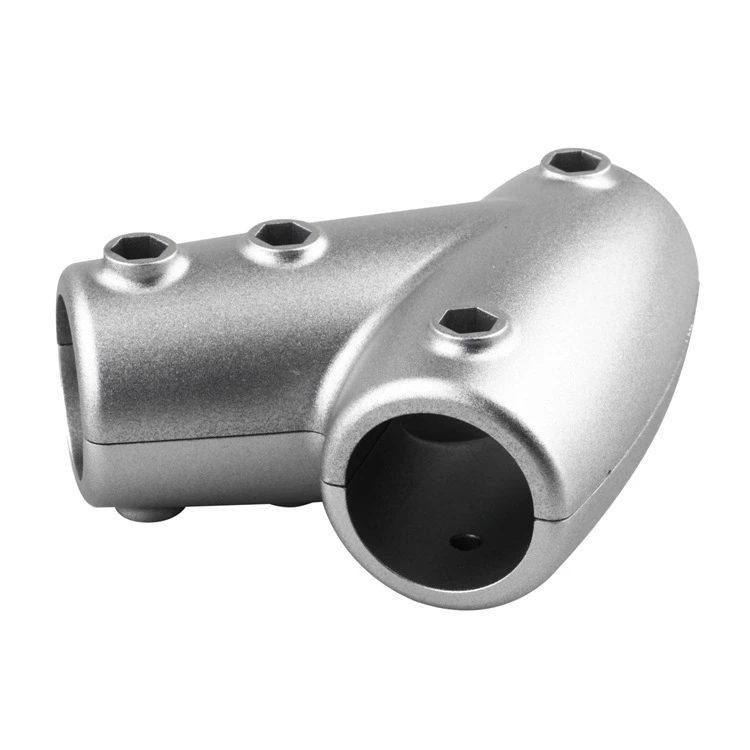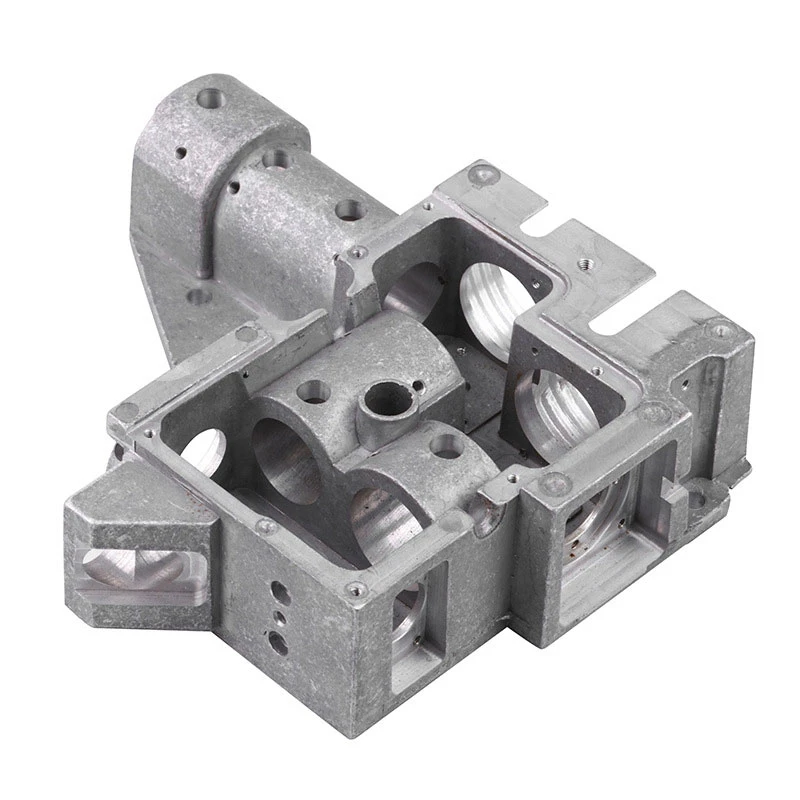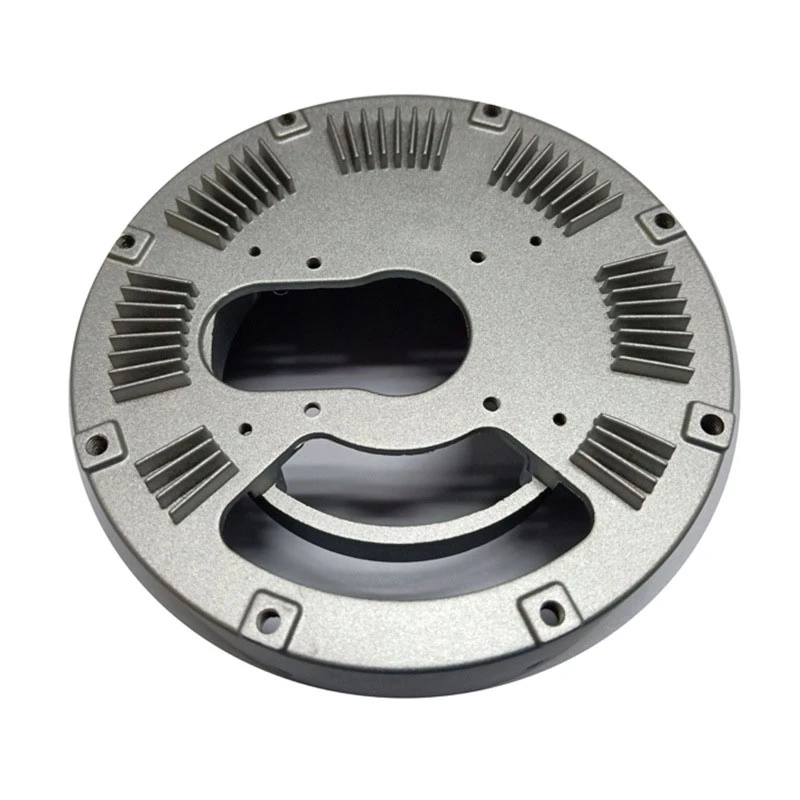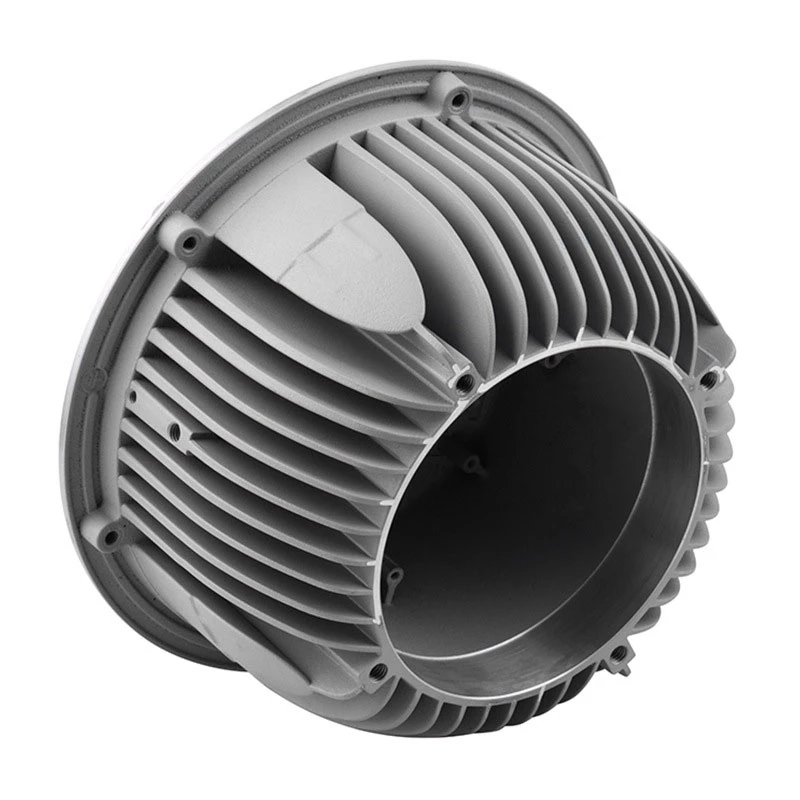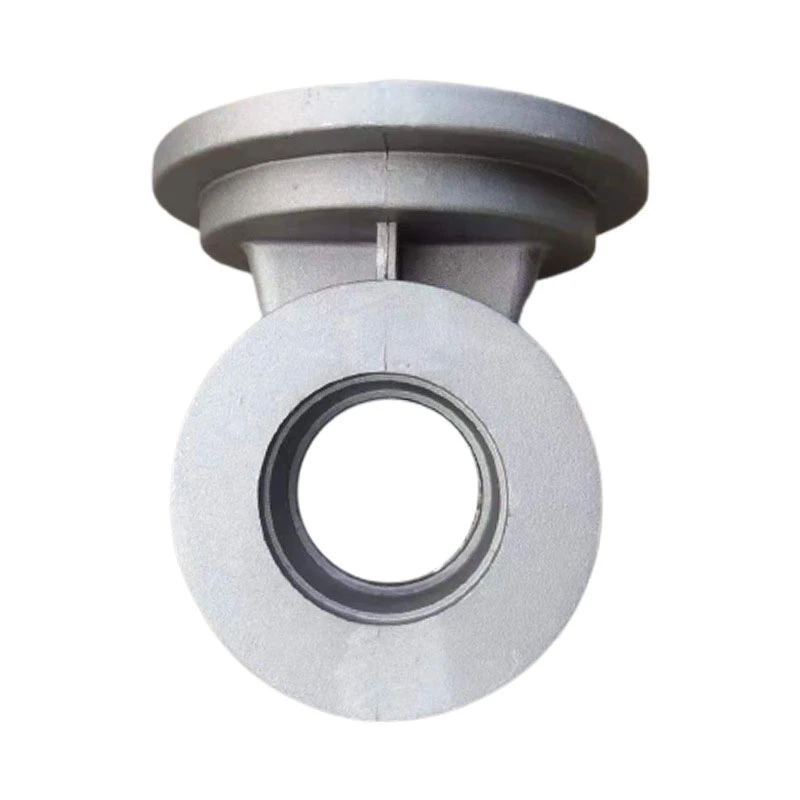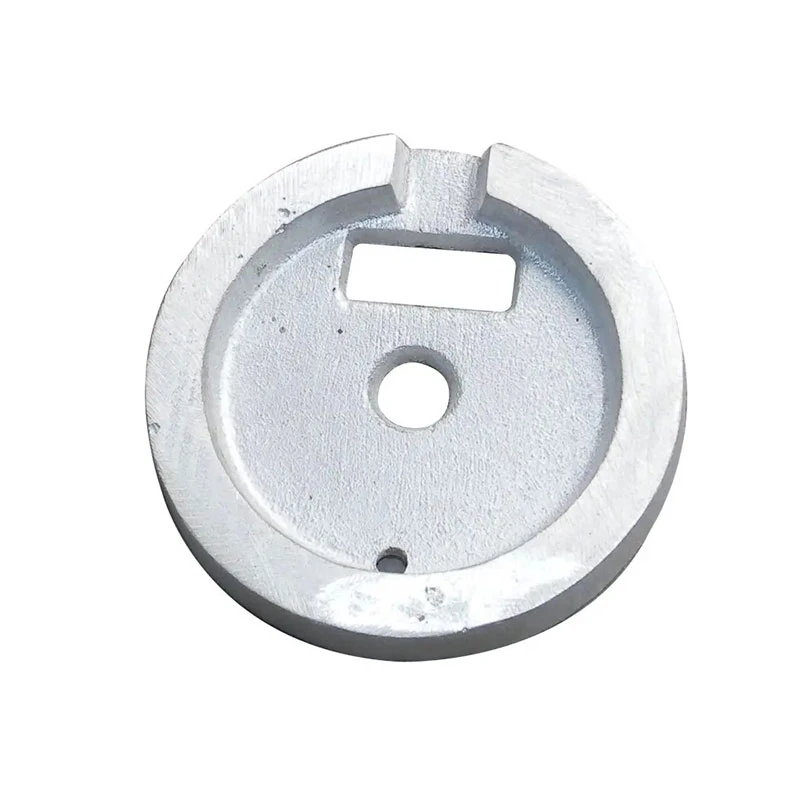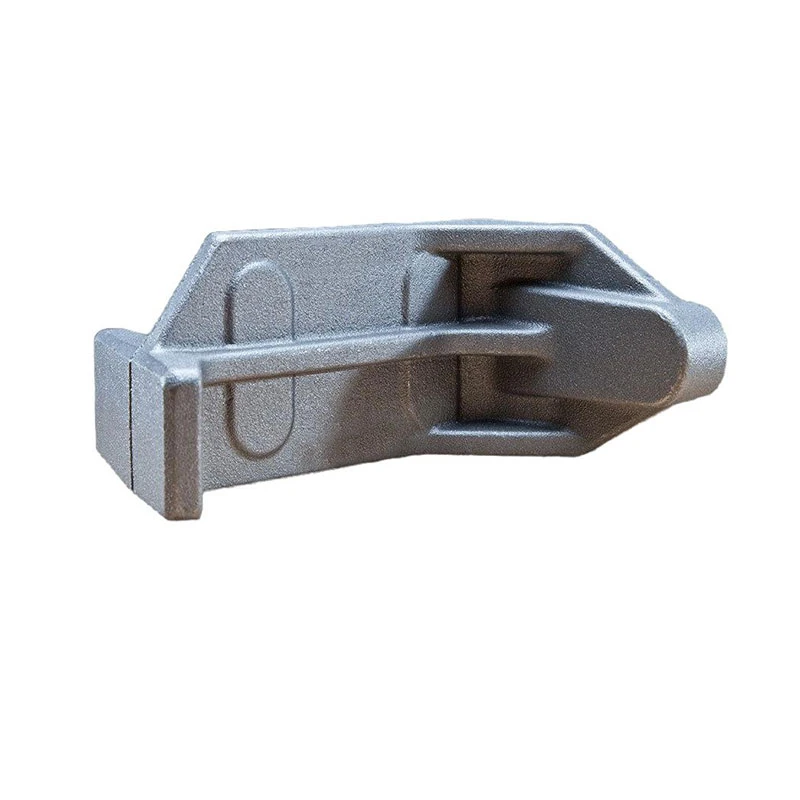Precision Cast Rods: Definition, Applications & Future Trends in Manufacturing
What Are Precision Cast Rods and Why Do They Matter?
Precision cast rods might not be in your everyday convo, but they play a crucial role globally in industries ranging from aerospace to automotive manufacturing. Essentially, these rods are metal components produced through precision casting—a process that ensures exact dimensions and superior surface quality. This means less waste, tighter tolerances, and often a longer lifespan in demanding applications.
Understanding precision cast rods is key for manufacturers striving to improve product reliability, reduce downtime, and meet ever-tightening international standards like those from ISO’s metal casting guidelines. Plus, given the growth in infrastructure and renewable energy worldwide, their relevance will only increase.
Precision Cast Rods in Today’s Global Industry Landscape
To grasp the true importance of precision cast rods, consider this: the global metal casting market is projected to grow beyond $100 billion by 2027 (source: MarketsandMarkets). Precision casting, also known as investment casting, accounts for a hefty share of that because it provides unparalleled design flexibility.
However, manufacturers face challenges such as minimizing defects, controlling costs, and meeting fast turnaround times. Precision cast rods tackle some of these head-on by enabling complex designs with minimal machining needed afterward—a big win for operational efficiency and waste reduction.
Breaking Down What Precision Cast Rods Really Are
Put simply, a precision cast rod is a rod-shaped metal part produced using a carefully controlled casting process. Molten metal is poured into molds made from wax patterns that are melted out, creating intricate shapes with clean finishes. The outcome? Rods that meet exact specifications whether measured in micrometers or millimeters.
This precision is especially vital when these rods become critical components in machines that power everything from aircraft engines to electric motors, or even medical devices. It’s also why humanitarian projects building reliable infrastructure in challenging environments sometimes depend on these rods — their strength and reliability can’t be compromised.
Core Attributes of Precision Cast Rods
Durability and Strength
These rods are often made from alloys engineered to resist wear, corrosion, and high temperatures. For instance, stainless steel cast rods can withstand harsh environments without degrading quickly.
Dimensional Accuracy
Precision casting ensures rods meet the intended dimensions almost perfectly—this reduces additional machining and fitting time, saving money and materials.
Complexity & Design Freedom
Unlike traditional forging or machining that might limit shape, the casting process can create complex internal geometries, holes, or surface textures directly.
Cost Efficiency Over Time
Though the upfront cost can be higher due to casting setup, the long-term savings from reduced scrap, faster assembly, and better performance generally balance it out.
Scalability & Repeatability
Once the mold is made, thousands of rods can be cast with consistent quality, making it easier for manufacturers to scale production when needed.
Sustainability Potential
With the metal casting industry moving toward greener practices, many foundries now recycle scrap and reduce waste, making precision casting a more sustainable option than you might think.
Mini takeaway: Precision cast rods blend engineering savvy with manufacturing finesse, producing durable, accurate, and complex parts that industries rely on.
Typical Applications Around the World
- Aerospace: Aircraft components like turbine shafts require exact, high-strength rods made with precision casting. Countries like the USA and France lead in these technologies.
- Automotive Industry: Drive shafts and transmission rods cast with low tolerances are common in Germany, Japan, and South Korea.
- Energy Sector: Turbine rods in wind farms and power plants benefit from corrosion-resistant cast rods. Emerging markets in renewable energy, e.g., India and Brazil, increasingly adopt these technologies.
- Humanitarian Infrastructure: NGOs building durable, simple bridges or water systems in Africa and Southeast Asia sometimes use precision cast rods for structural stability.
- Heavy Machinery: Mining and construction equipment frequently integrate precision rods to withstand tough conditions in places like Australia and Canada.
Advantages of Using Precision Cast Rods
- Cost savings: Reduced machining and waste lower overall expenses.
- Reliability: Less failure in service means less downtime — industries value the peace of mind.
- Sustainability: Recyclable materials and less scrap make a tangible environmental difference.
- Innovation-Friendly: Complex geometries enable new designs and performance gains.
- Safety and Dignity: In humanitarian applications, better materials mean safer infrastructure, protecting communities.
Frankly, the blend of emotional and practical benefits here is rare — you're not just buying a rod; you’re investing in trust and future-proof designs.
Product Specifications Table: Typical Precision Cast Rod
| Specification | Typical Value | Remarks |
|---|---|---|
| Material | Stainless Steel 316L | Corrosion resistant alloy |
| Diameter Range | 5 mm - 50 mm | Custom sizes available |
| Length Range | 100 mm - 2000 mm | Adaptable per design |
| Surface Finish | Ra 1.6 µm | Fine finish reduces friction |
| Tolerance (Diameter) | ±0.02 mm | Ensures tight fitting |
| Heat Treatment | Optional, e.g., quenching | Improves strength and durability |
Comparing Top Vendors of Precision Cast Rods
| Vendor | Material Range | Lead Time | Customization | Typical Clients |
|---|---|---|---|---|
| MetalWorks Inc. | Steel, Stainless, Alloy | 4–6 weeks | High | Aerospace, Energy |
| PrecisionCast Ltd. | Alloys (Nickel, Titanium) | 3–5 weeks | Medium | Medical, Automotive |
| Global Cast Solutions | Broad metal range | 6–8 weeks | Custom molds & specs | Construction, Mining |
What's Next? Future Trends in Precision Casting
Advances in materials science and manufacturing are steadily reshaping precision casting. For instance, additive manufacturing (3D printing) combined with precision casting could reduce prototyping phases from weeks to days. Furthermore, manufacturers are adopting greener foundry practices and using recycled alloys, which aligns with global sustainability goals promoted by the UN Sustainable Development Goals.
Digital twin technology also promises to simulate casting processes virtually to reduce defects before production starts—cutting costs and waste. Frankly, it feels like the industry is gearing toward an era where precision cast rods won’t just be precise but smarter and more eco-friendly.
Common Challenges and How Industry Experts Tackle Them
- Defect rates: Porosity and inclusions can degrade strength. Solution: better mold materials and vacuum casting.
- Cost barriers: Initial tooling and setup can be pricey. Solution: flexible molding and batch production reduce overall investment.
- Consistent quality: Scaling up production without losing specs is tricky. Solution: automated inspection systems and process controls.
- Environmental concerns: Casting can emit pollutants. Solution: closed-loop systems and sustainable material sourcing.
Frequently Asked Questions About Precision Cast Rods
Q1: How do precision cast rods differ from forged rods?
A: Forged rods are shaped by hammering or pressing metals under heat, often resulting in stronger grain structure but less design complexity. Precision cast rods allow intricate designs with tight tolerances that forging can’t easily achieve, though forging might sometimes yield higher mechanical strength depending on application.
Q2: Can precision cast rods be made from exotic alloys?
A: Absolutely. Precision casting is widely used for nickel-based superalloys, titanium, and other specialized materials essential for aerospace, medical implants, and energy sectors where performance is critical.
Q3: What industries benefit most from precision cast rods?
A: Aerospace, automotive, energy, construction, and medical industries lead usage. The ability to create custom shapes reliably makes these rods valuable in high-demand parts and tools.
Q4: How do suppliers ensure quality in precision cast rods?
A: Suppliers use techniques like x-ray inspection, dimensional measurement, metallurgical analysis, and sometimes simulation software during planning. Certifications such as ISO 9001 also guarantee procedural standards.
Q5: Is it possible to order small batches, or only large runs?
A: Many vendors accommodate small-batch or prototype orders, especially with modern flexible tooling and additive manufacturing support, but costs per unit may be higher compared to mass production runs.
Wrapping It Up: Why Precision Cast Rods Are a Smart Investment
In a nutshell, precision cast rods offer unmatched accuracy, durability, and design freedom that many industries rely on worldwide. They reduce waste, improve efficiency, and bring lasting value to products and projects. Whether you’re upgrading automotive parts or building infrastructure in remote areas, these rods stand out as a tech-savvy, future-proof solution.
To explore the possibilities precision cast rods could unlock for your projects, check out trusted suppliers and detailed specs today. It might just be the manufacturing upgrade you've been waiting for.
Mini takeaway: Precision cast rods subtly yet powerfully influence the backbone of modern industry and infrastructure. Worth knowing about, if only so you're not caught off-guard next time you hear the term!
References
-
Precision Casting Facility: Advanced Manufacturing for Global Industries | Hairun SourcingNewsNov.23,2025
-
Leading Precision Casting Corporation: Quality Metal Components for Global IndustryNewsNov.23,2025
-
Precision Cast Iron Surface Plate: The Backbone of Industrial Accuracy and QualityNewsNov.21,2025
-
Precision Aluminum Investment Casting: High-Accuracy Manufacturing for Modern IndustriesNewsNov.20,2025
-
Precise Castings Inc – Advanced Metal Casting Solutions for Global IndustriesNewsNov.19,2025








